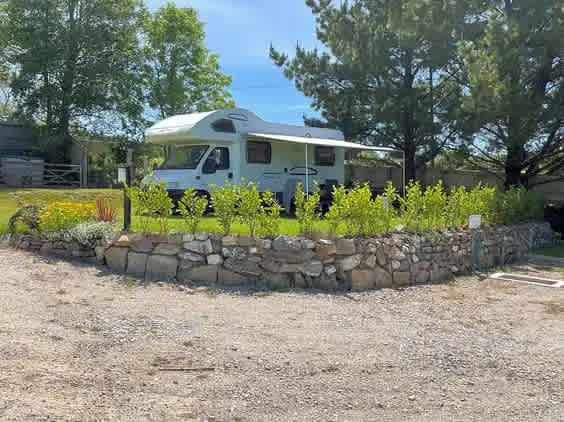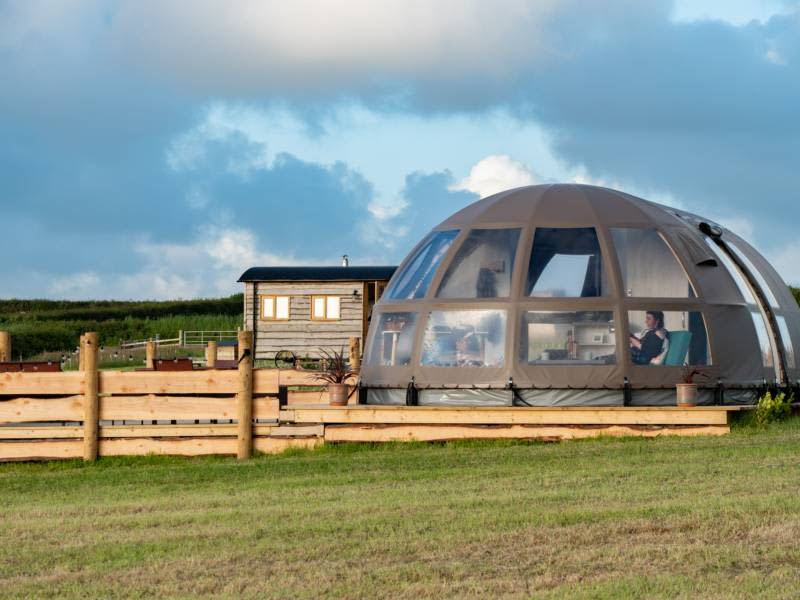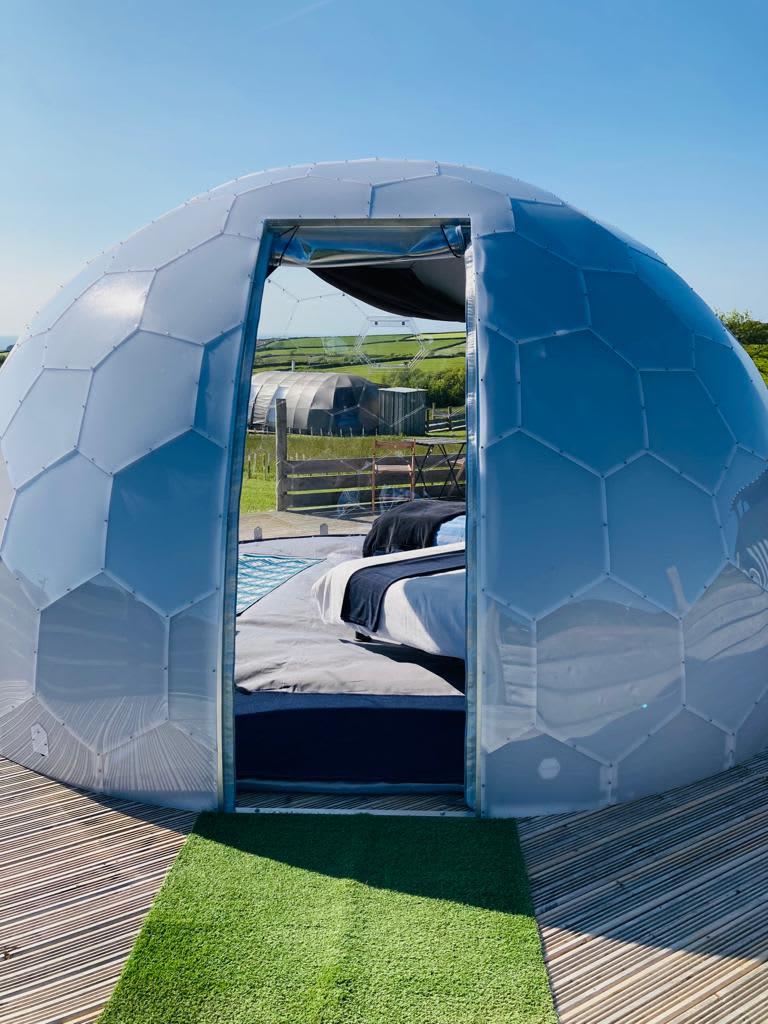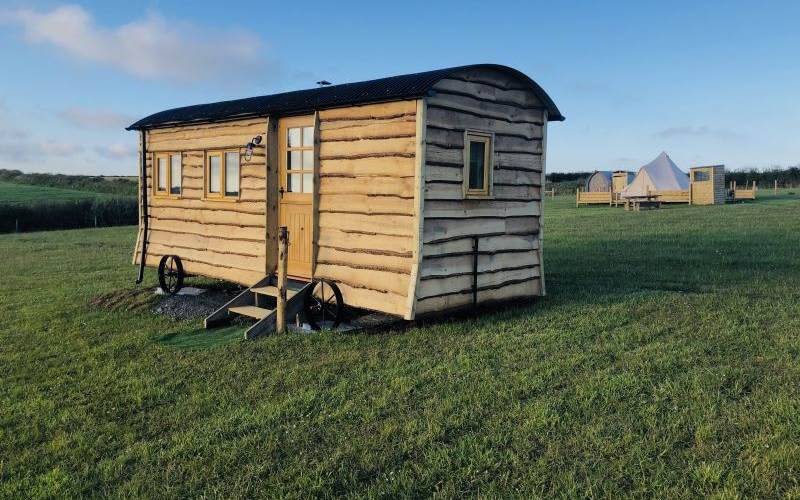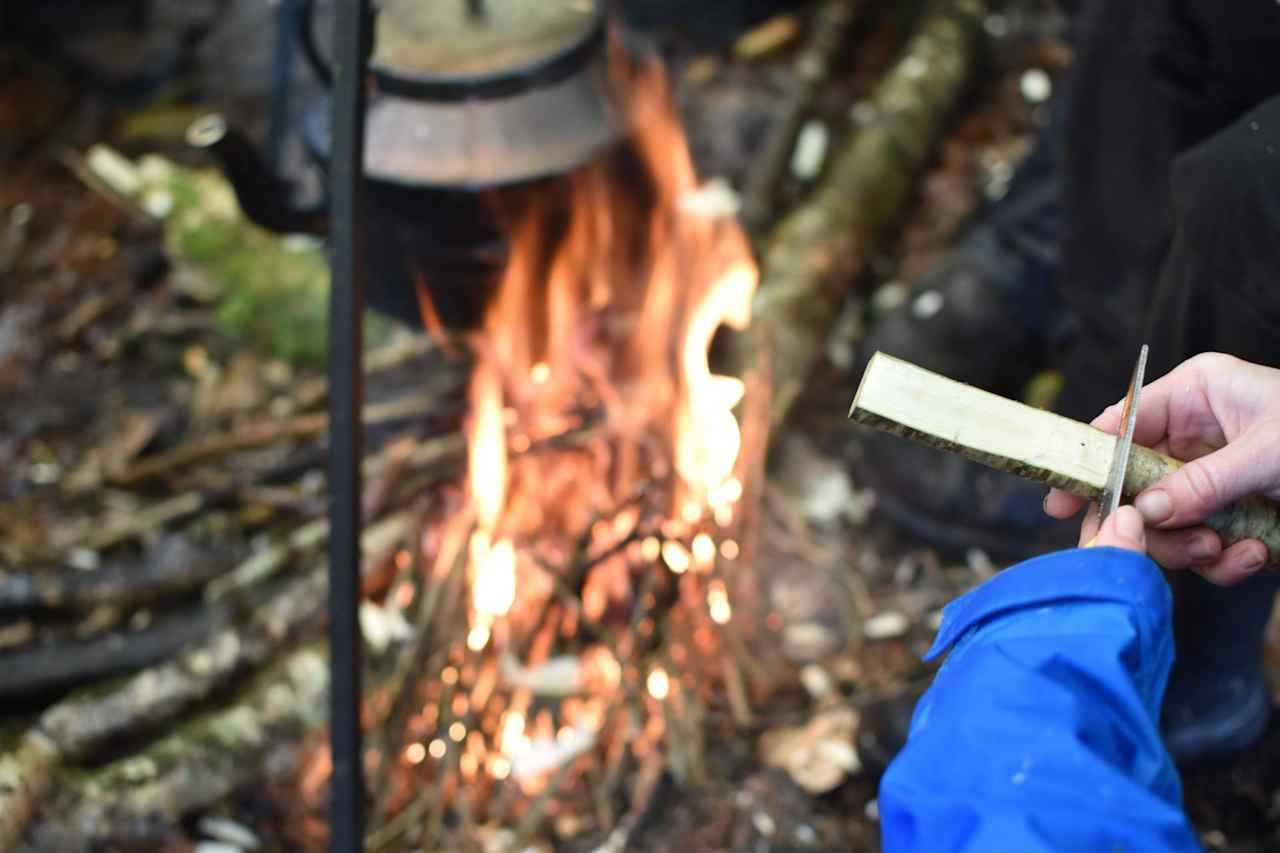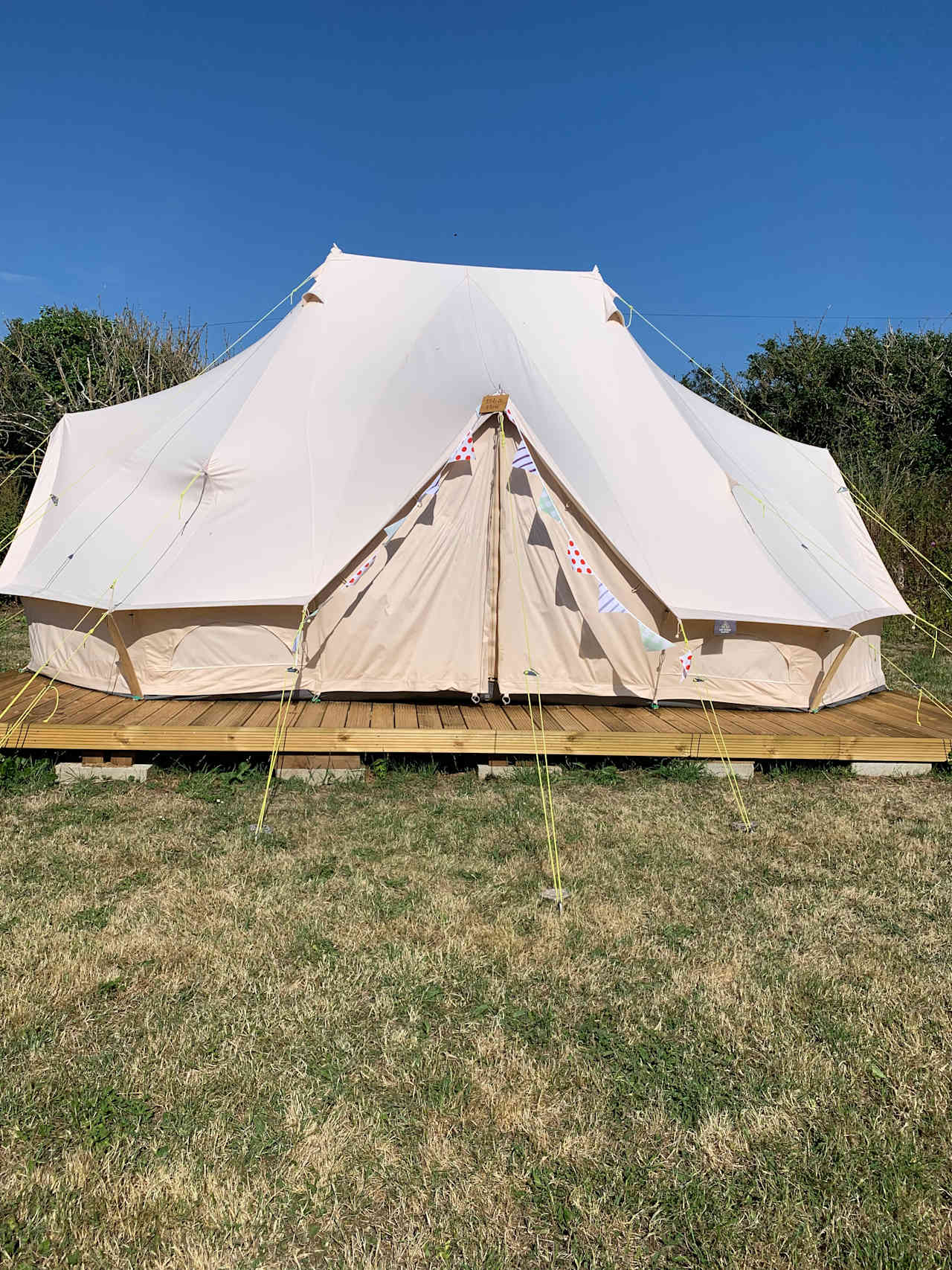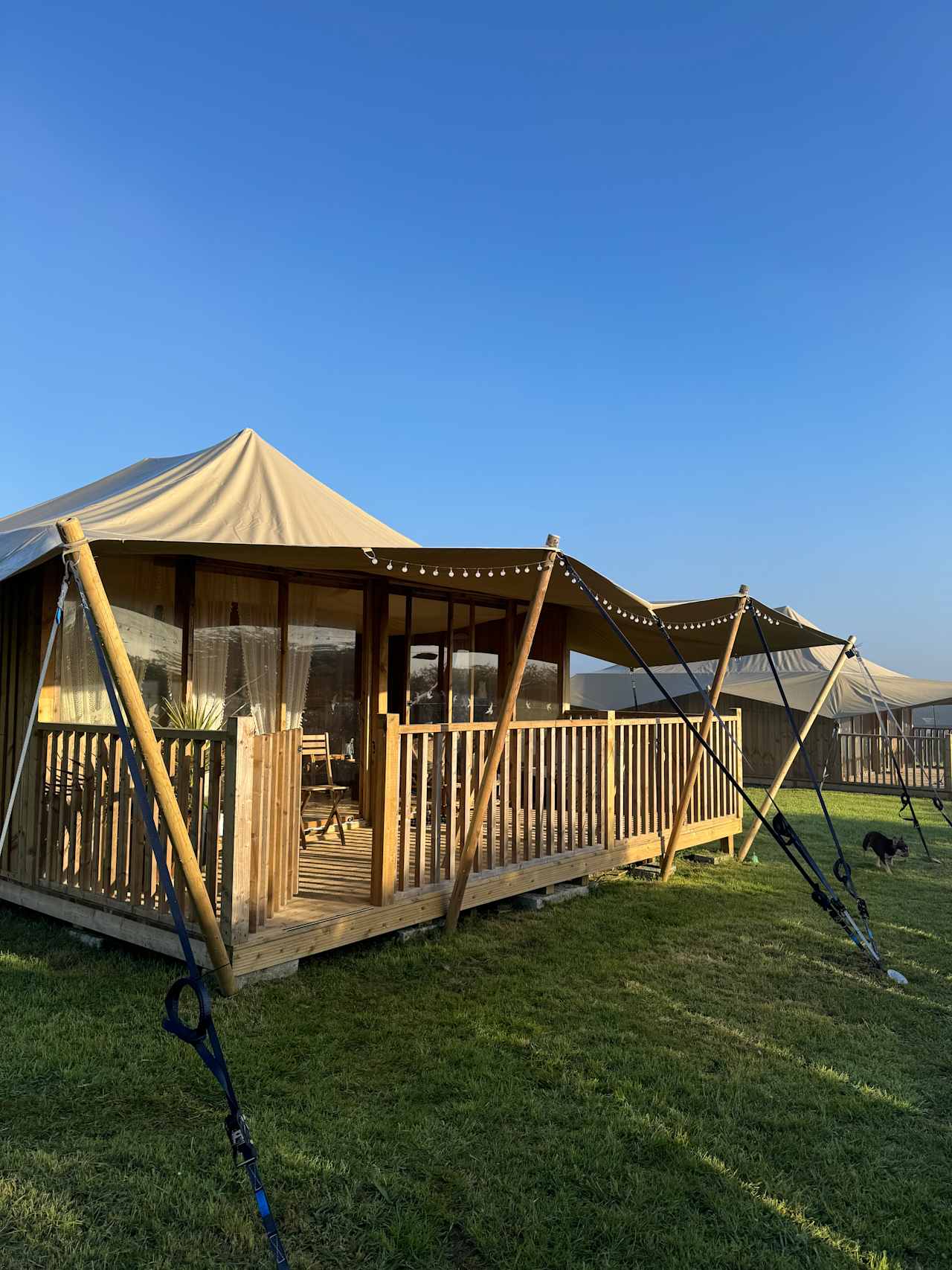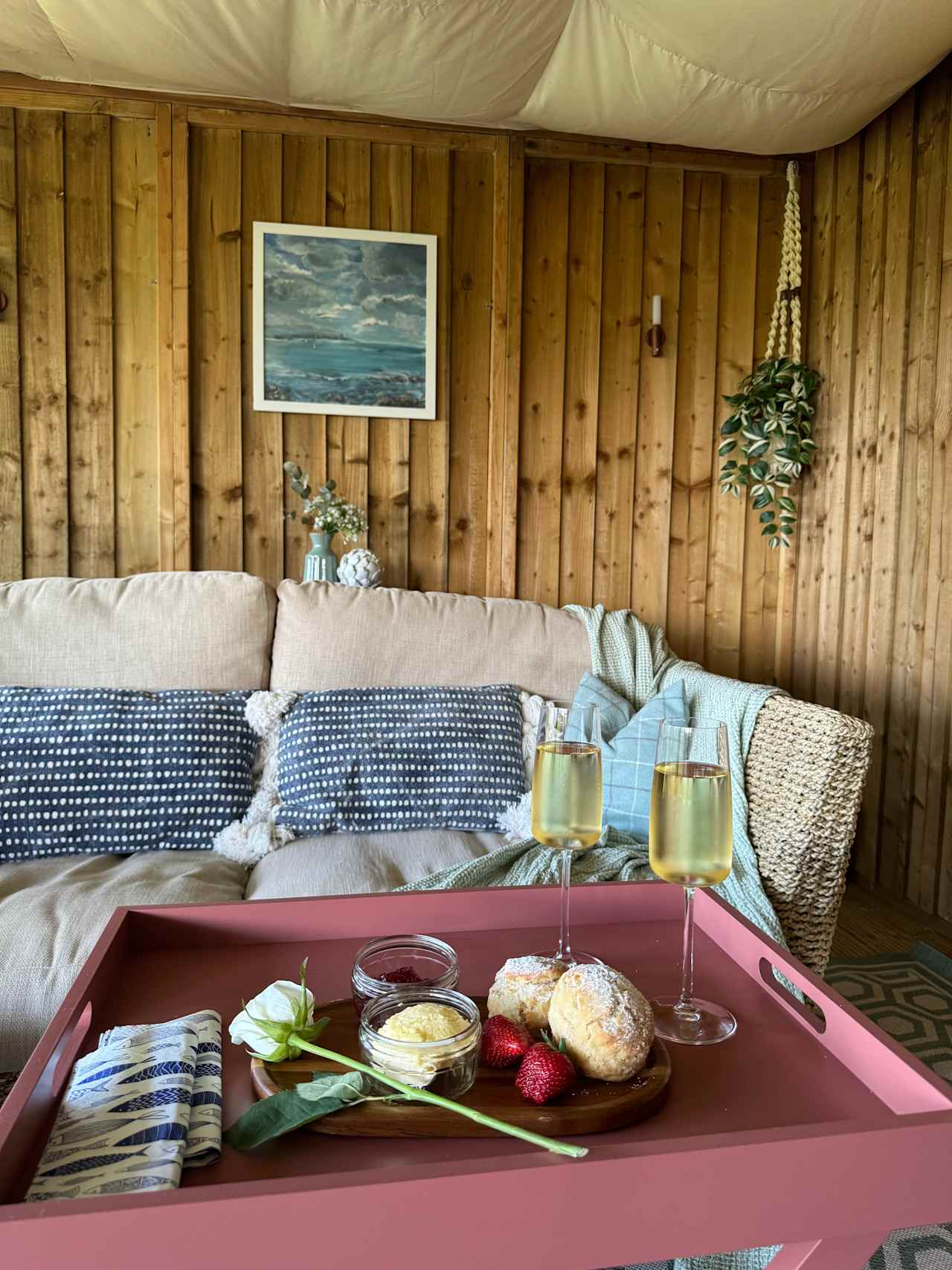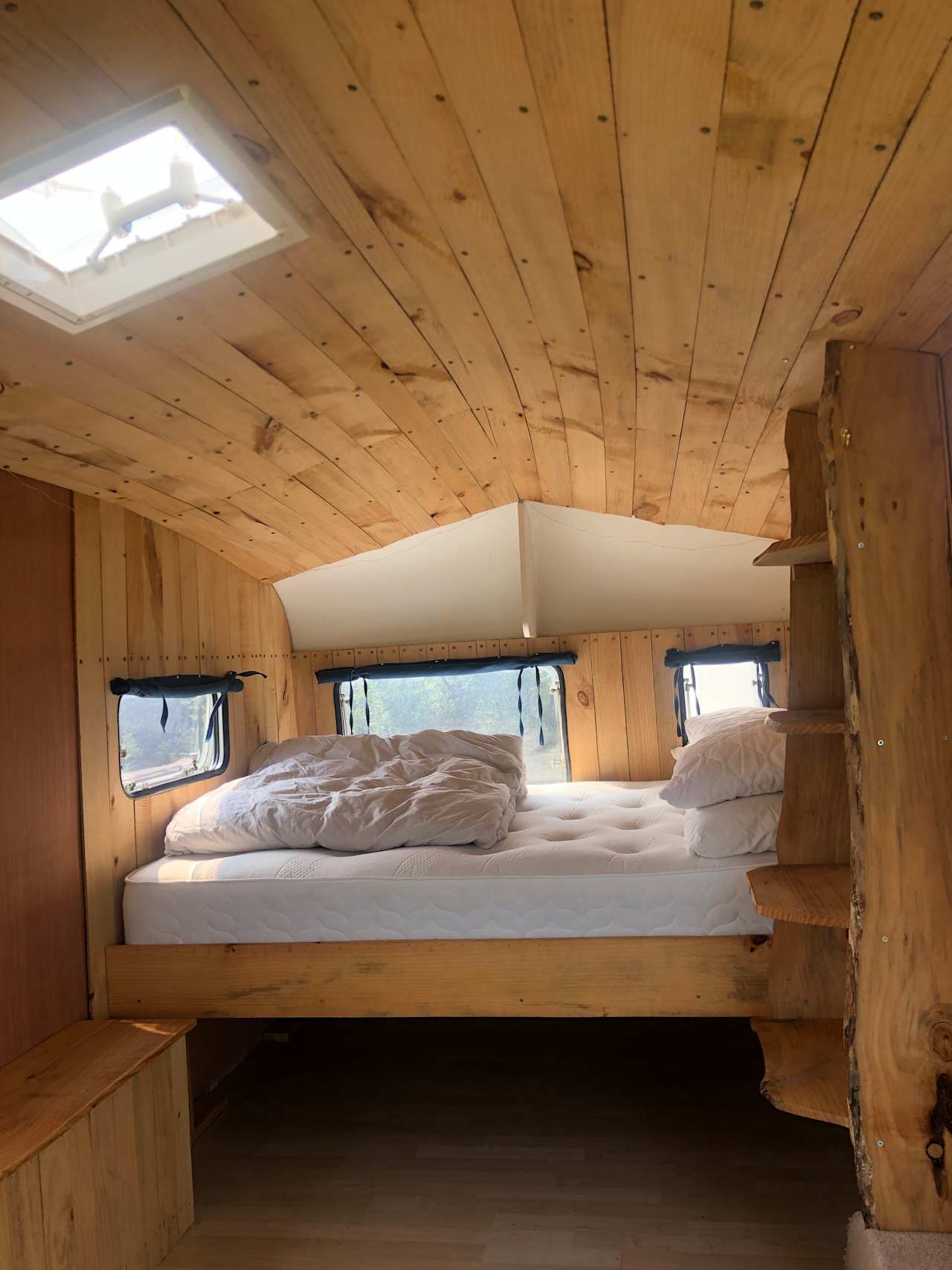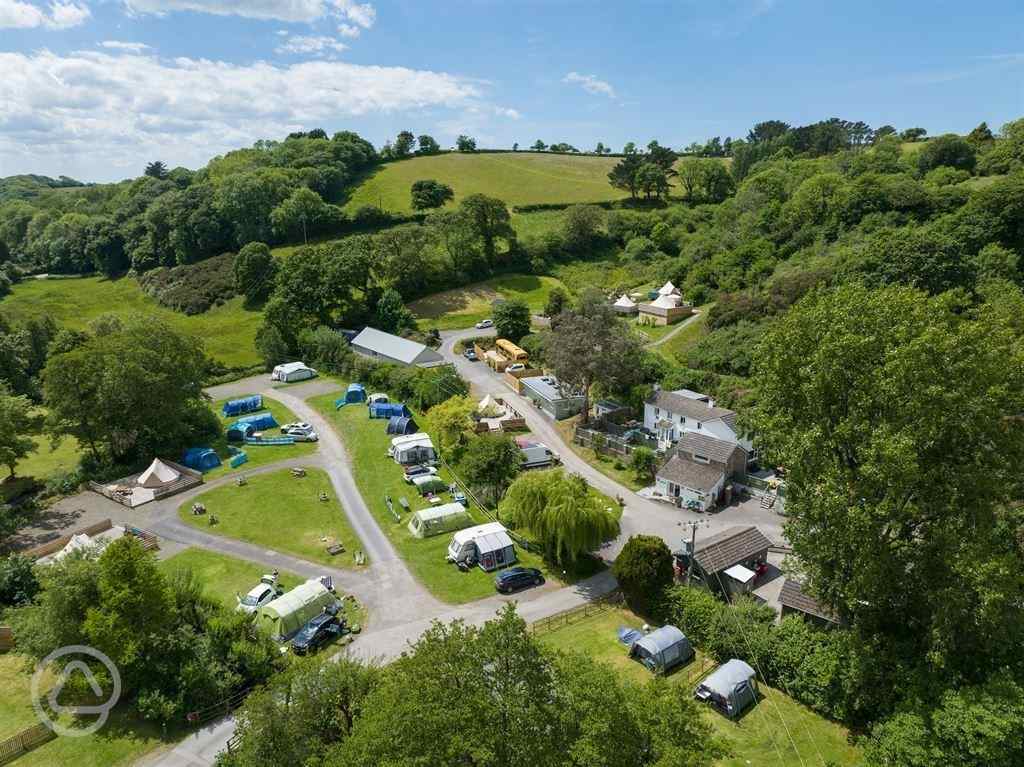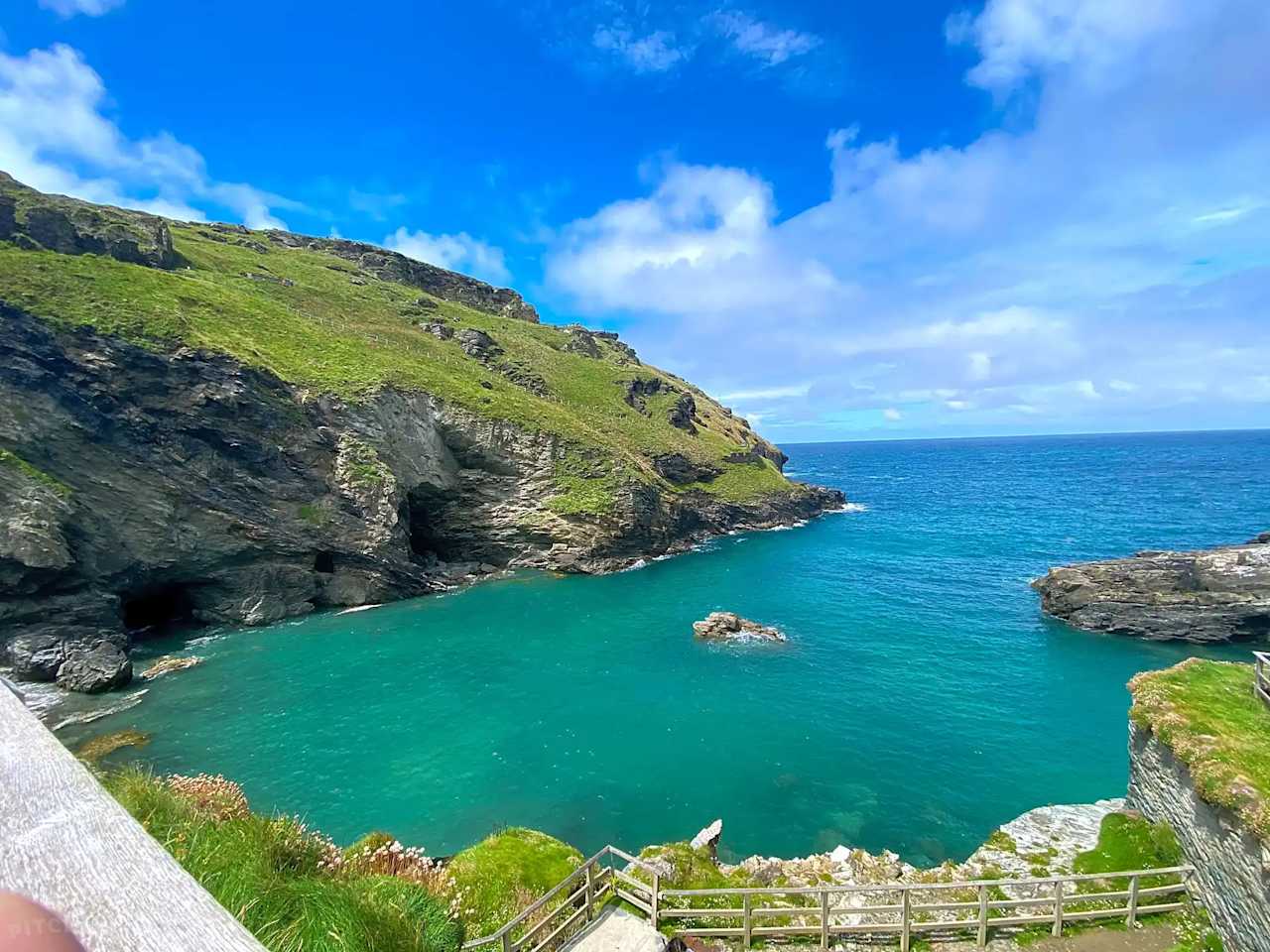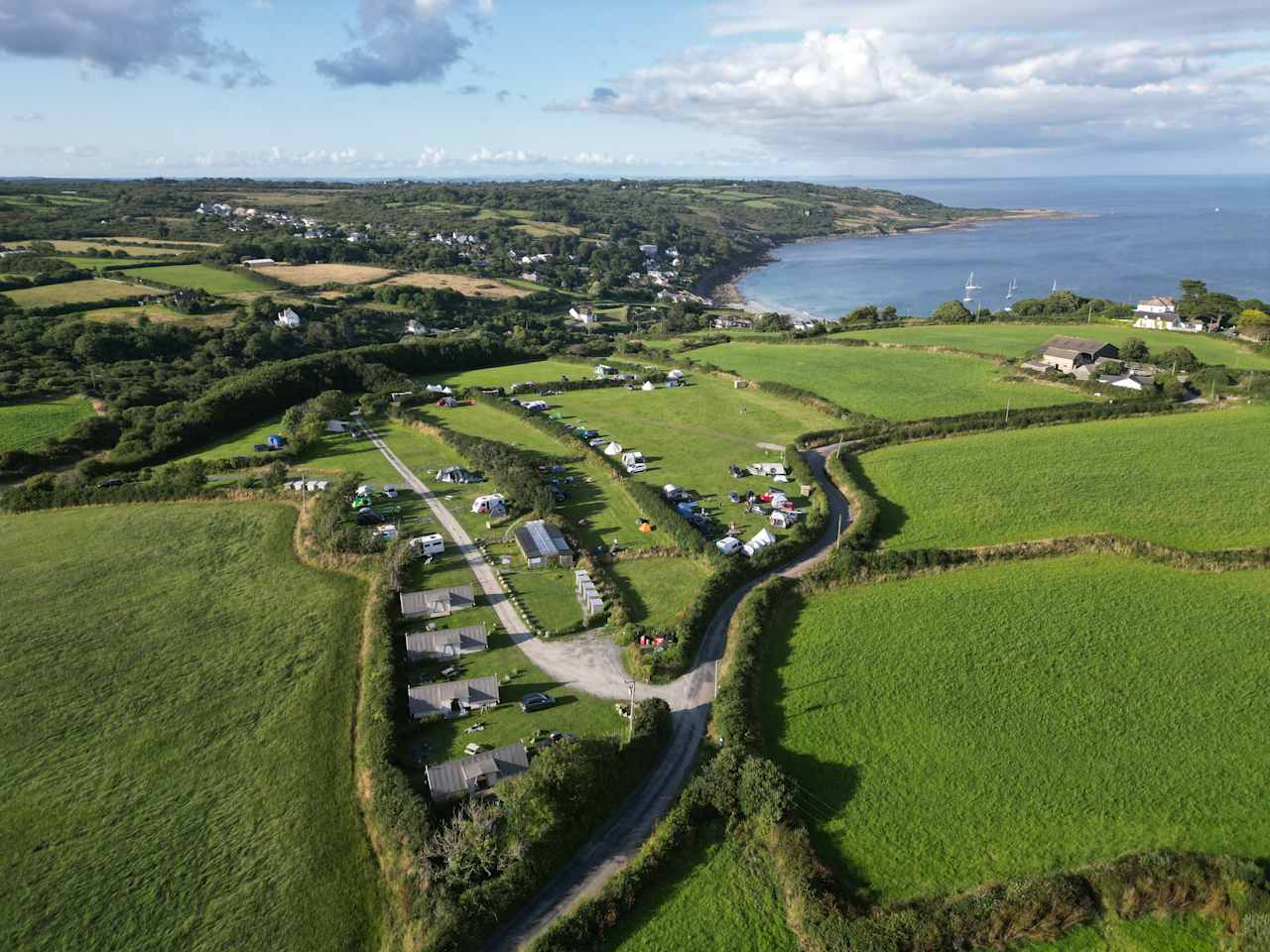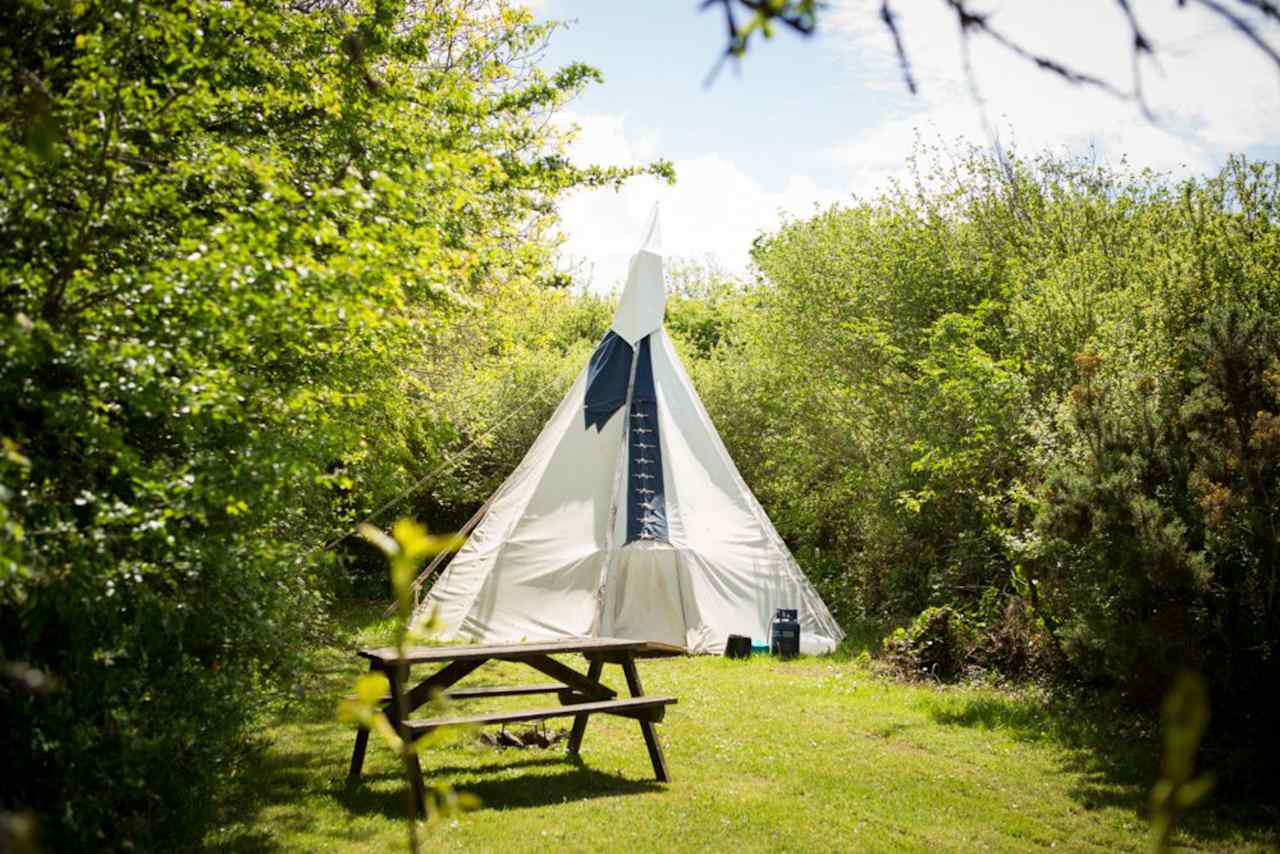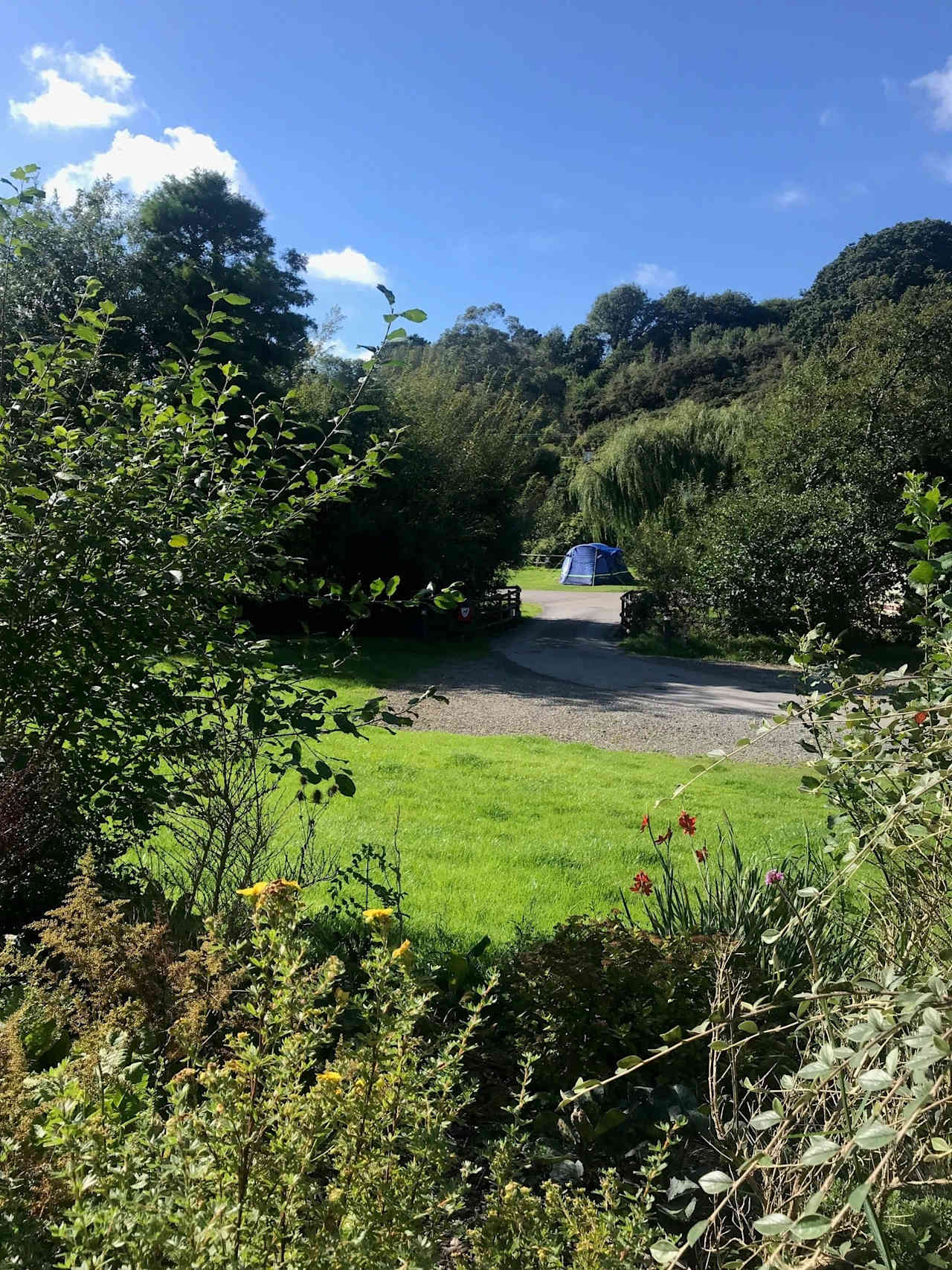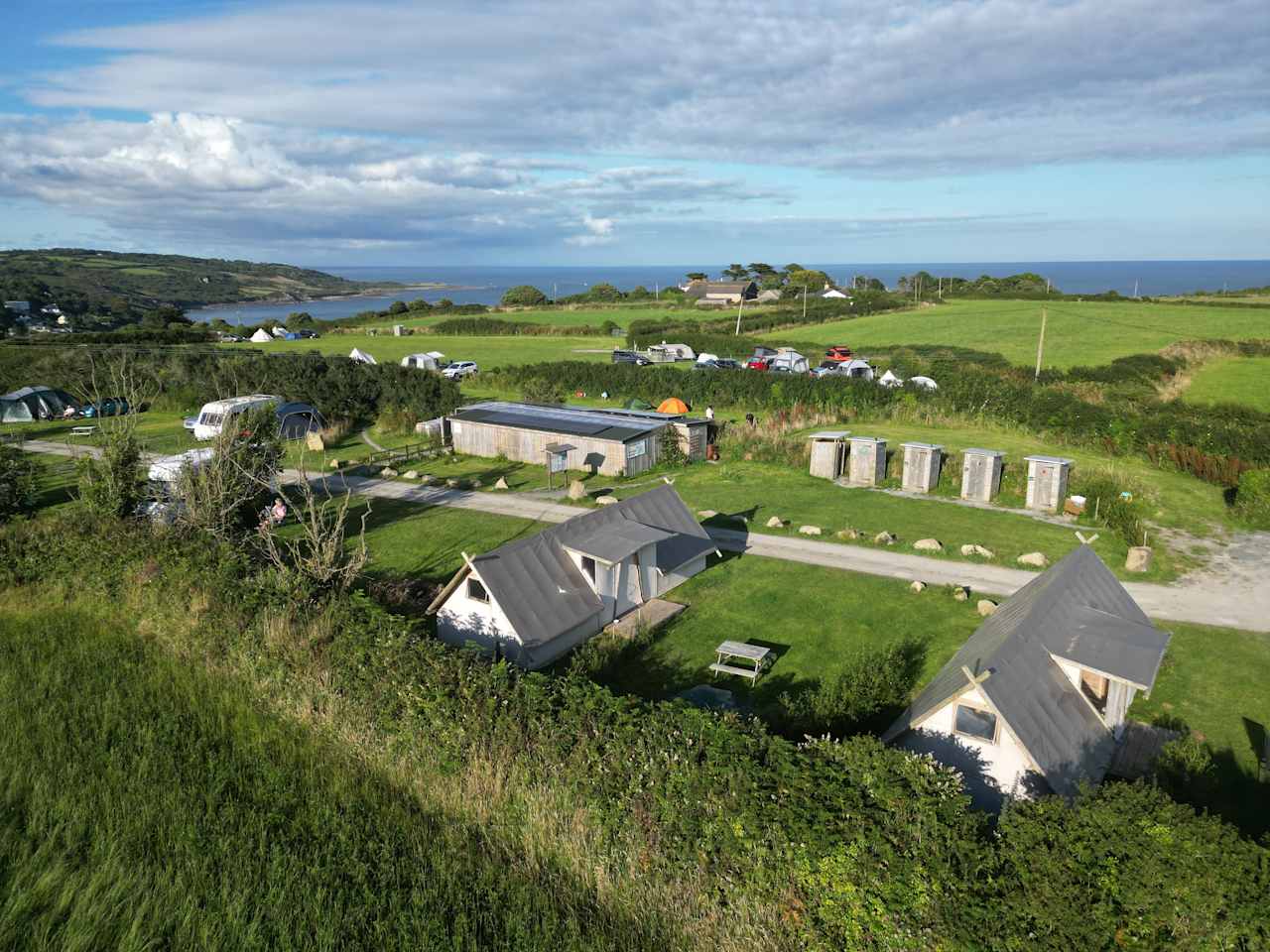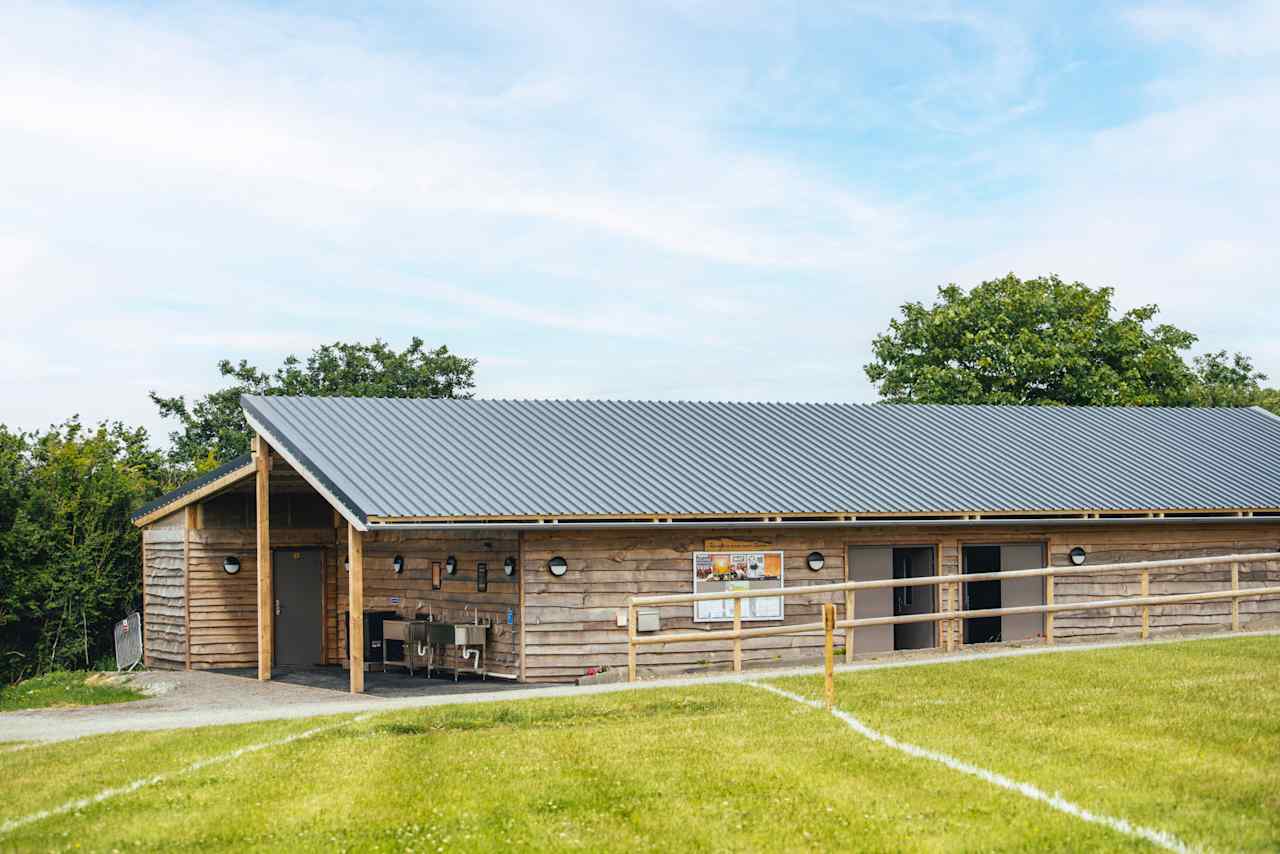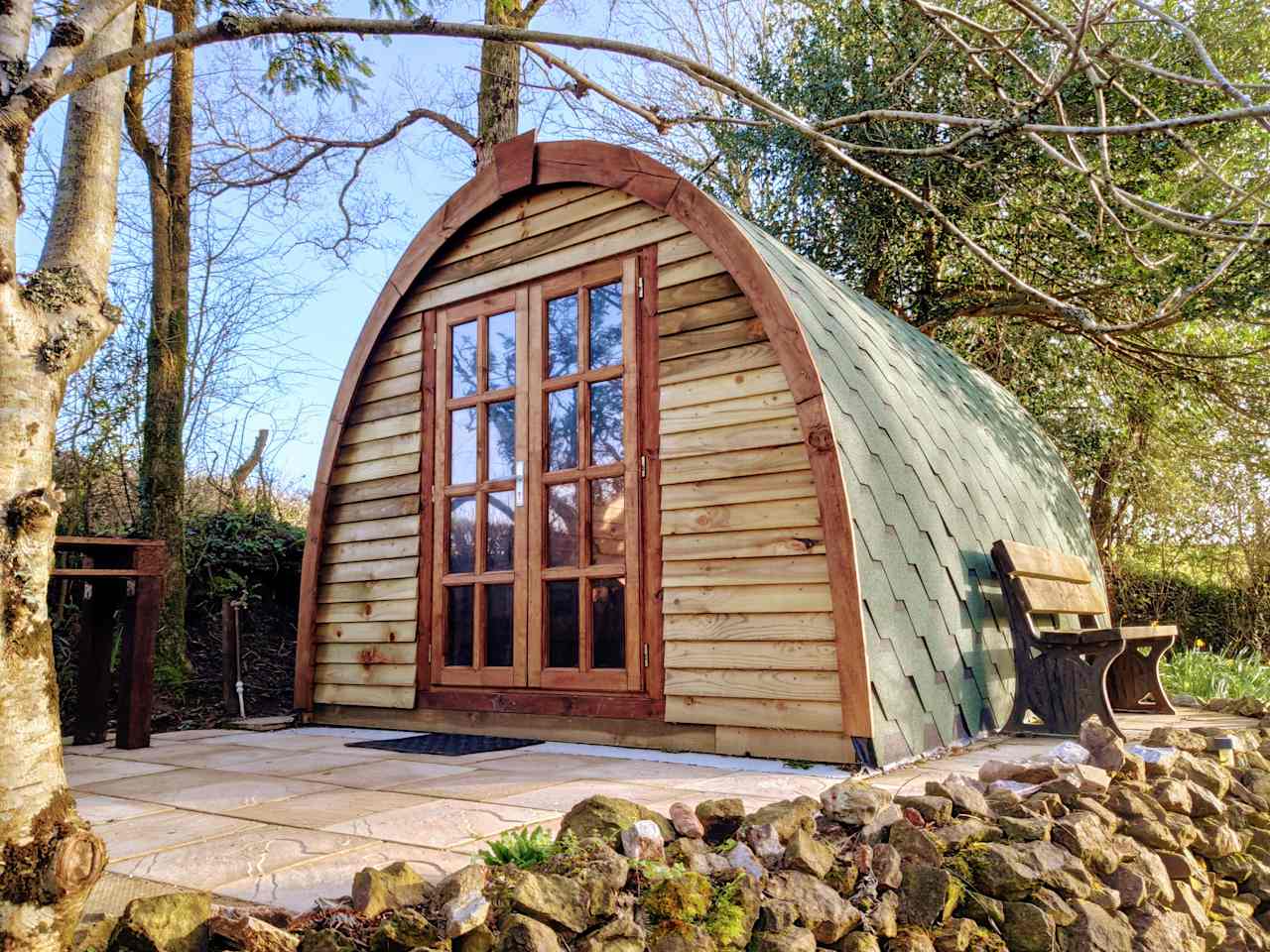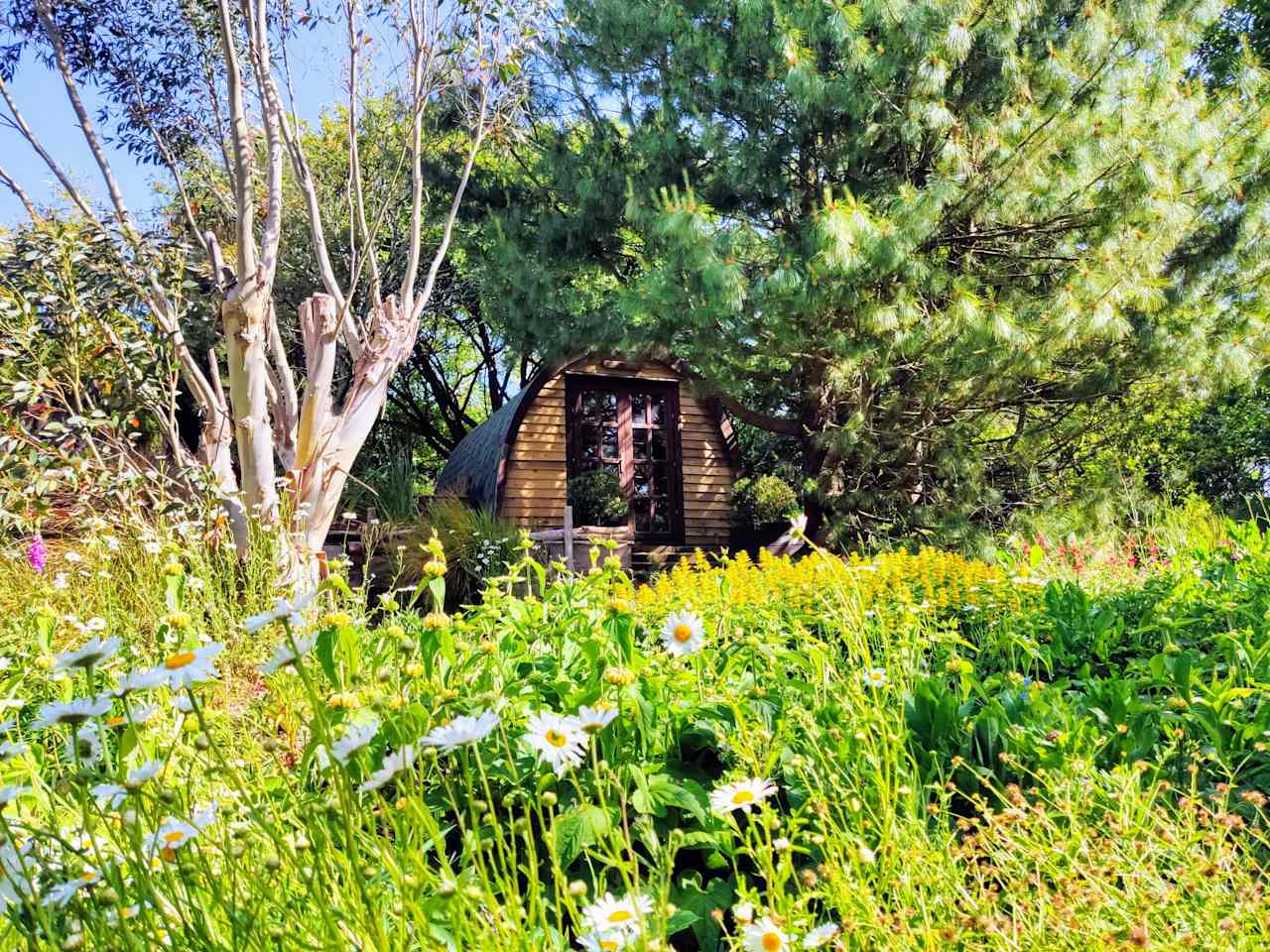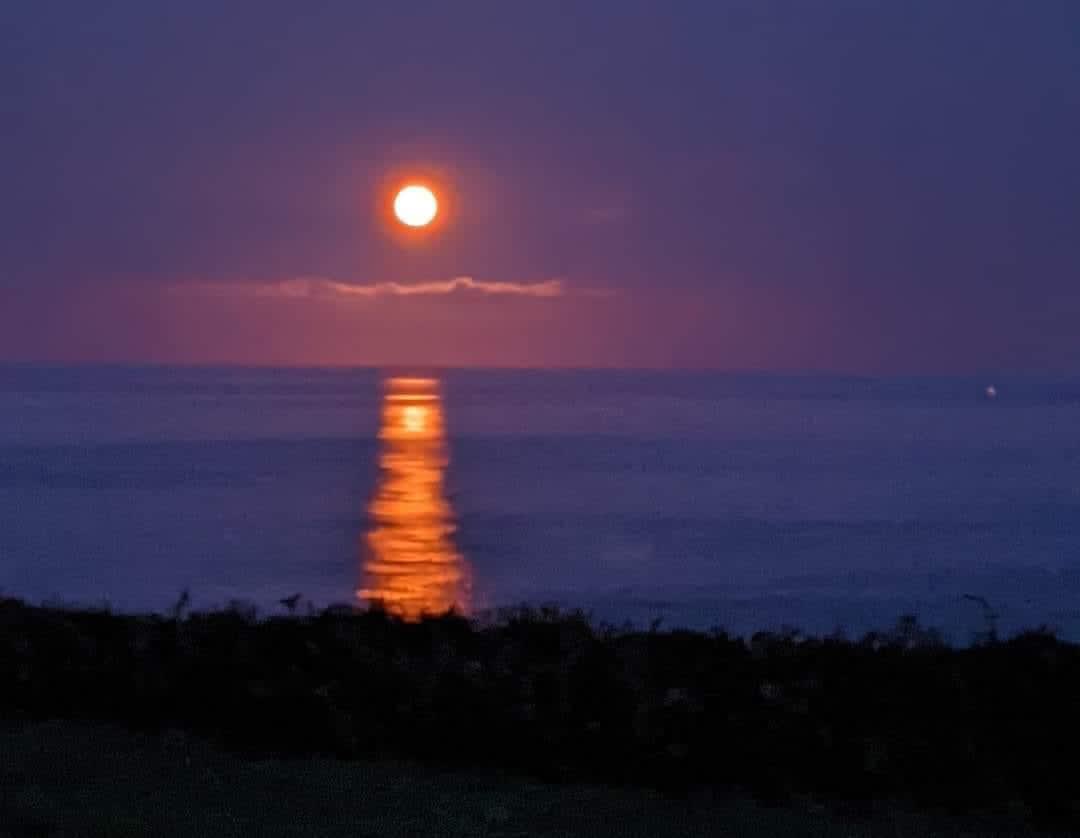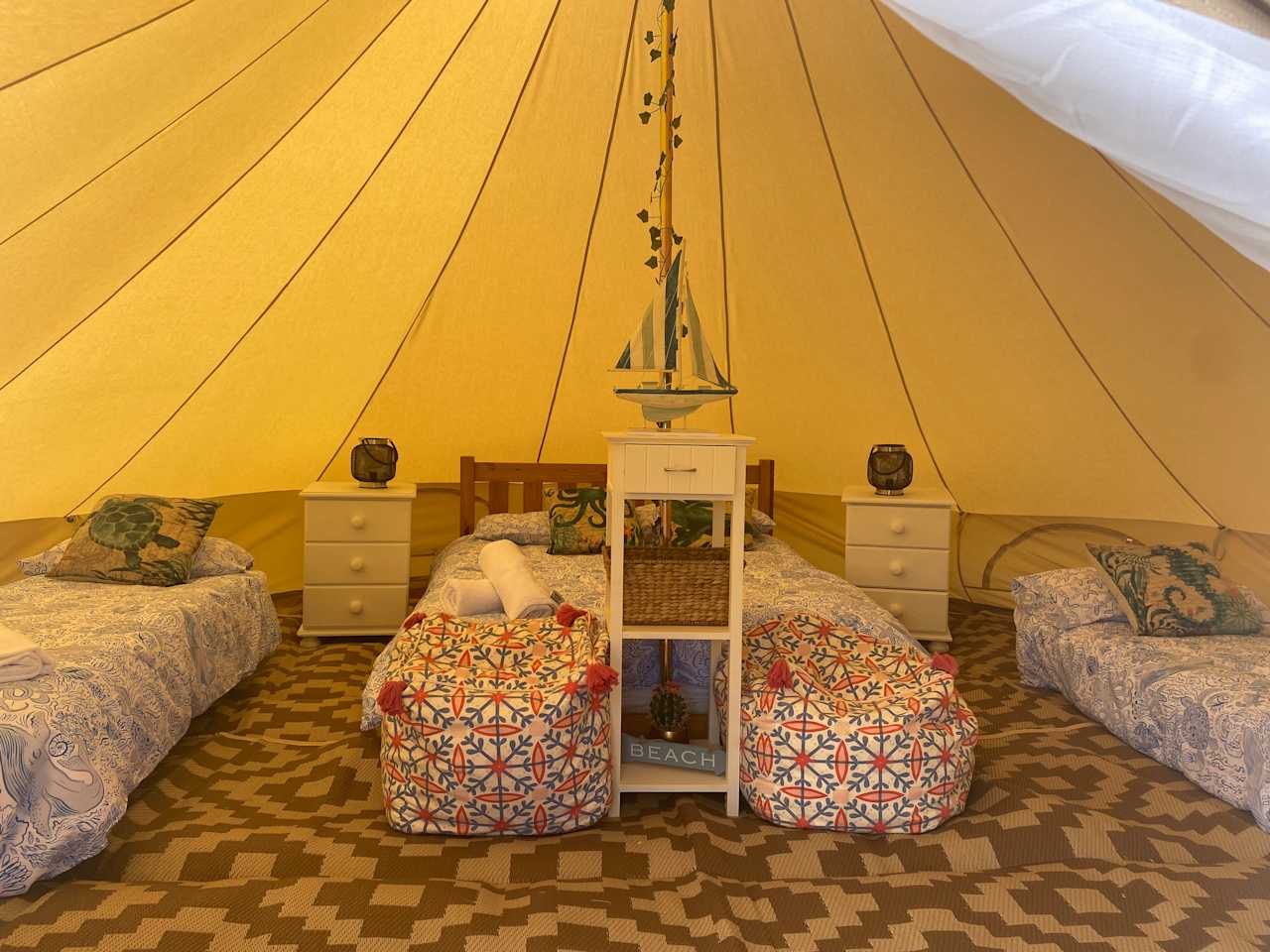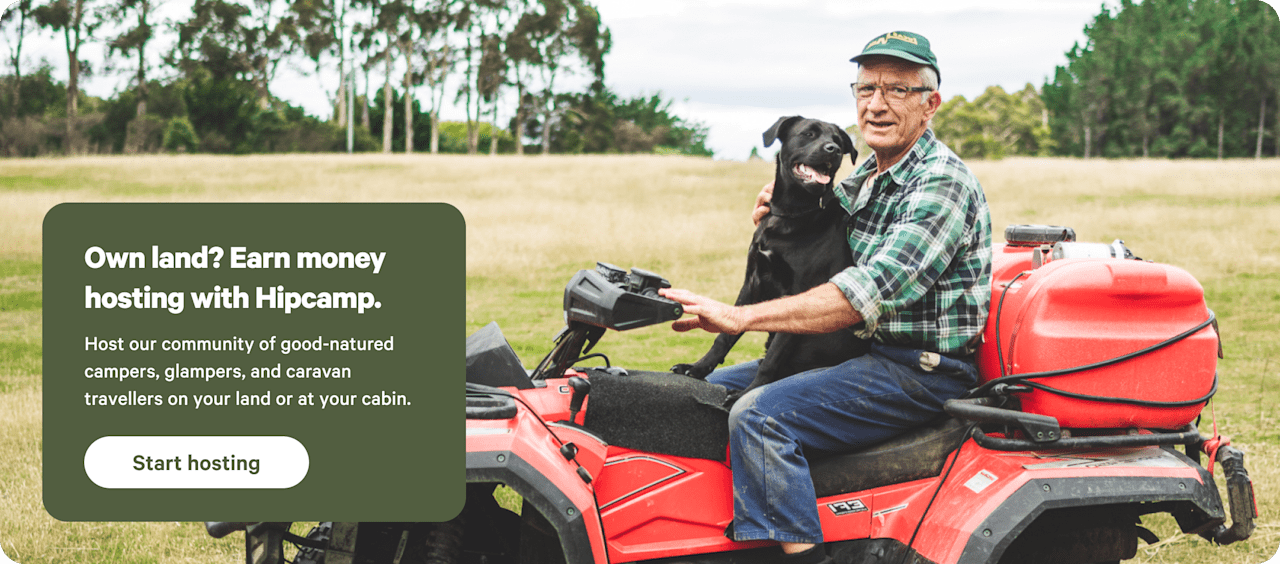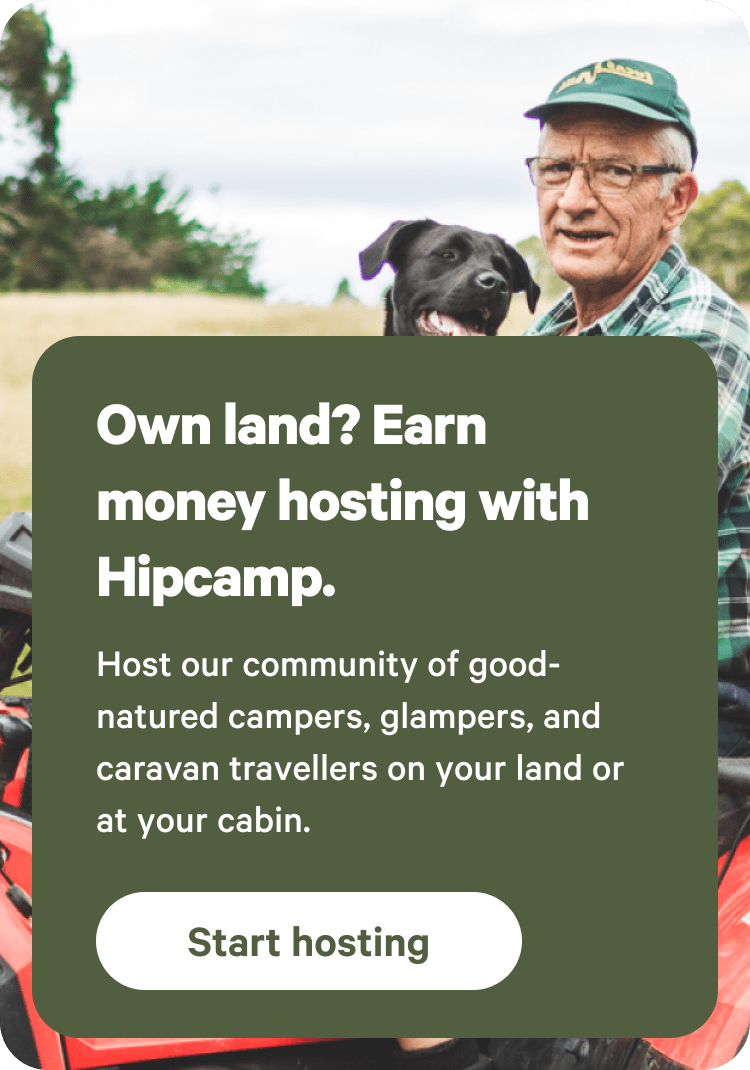Glamping in Cornwall
Coast, countryside, and clotted cream ice-cream.
- Cornwall
Community favorites in and near Cornwall
Top-rated campgrounds reviewed by the Hipcamp community.
Sunset Camping
Atlantic Horizons
Available this weekend
Robin’s Roost Luxury Shepherd's Hut
Dog-friendly getaways
Willow Valley Holiday Park
12 top glamping sites in Cornwall
Cornish Tipi Holidays & Camping
Willow Valley Holiday Park
Mount Pleasant Eco Park
Coverack Camping & Glamping
Surf Pods and Camping at Atlantic Farm
Pleasant Streams Farm Camping
Glamp or Camp at Magical Mena Farm
Wylde Valley Camping
Tremeer Farm Yurts Cornwall
The Greenhouse Spa Retreat


.. there are plenty of reasons to go glamping in Cornwall.
Glamping in Cornwall guide
Overview
Glamping in Cornwall
When it comes to glamping, planning a holiday in Cornwall is like being a child in a sweet shop. There are so many options and each looks just as exciting as the last. There are glamping sites overlooking Cornish beaches and glampsites out in the county’s idyllic countryside. There are secluded spots where a single shepherd’s hut provides a romantic retreat and more sociable sites where you’ll have glamping neighbours to get to know. There are luxury campsites where campfires are allowed and others where dogs are welcomed. You’ll find family-friendly places and sites that are reserved just for grown-ups too. When it comes to types of accommodation the agony of choice continues: tipis, bell tents, pods, yurts, safari tents... the list goes on. And, in recent years, Cornish glamping sites have branched into even more innovative accommodation forms, from treehouses and converted horse-boxes to beach huts that have been transformed into miniature seaside homes. Whether you're after simple convenience or maximum luxury, Cornwall certainly has you covered but, of course, glamping here isn't all about the type of bed you're sleeping on or whether a hot tub is included in the price. It’s also about location, location, location. The long drive to the south-west corner of the country is worth it for the views, the proximity to the nearest beach, the old smugglers' pubs, the picture-perfect villages and the overgrown tin mines that form the beautiful back-drop to your Sunday walk. This is a place for beach breaks, foodie weekends, walking holidays and much more besides. All you need to do is browse our Hipcamp collection of the very best places to stay in the county. Then book online, pack your car and head for the beautiful south west of England. You’ll be enjoying a clotted cream ice cream before you know it!
Glamping Accommodation
As one of the UK’s most popular spots for camping and glamping, it’s no surprise that the choice of glamping is vast. There is no one distinct type of glamping accommodation that dominates the Cornish countryside; instead the range of options are as varied as the locations you’ll find them in. Bell tents and yurts are certainly popular - perfect for couples and families with young children, especially in summer. Safari tents are ideal for families who want extra space and the chance to divide parents from kids as they usually include separated canvas bedrooms. Glamping in a bell tent, tipi, yurt or other tent keeps your experience as close to classic camping as it’s possible to get. You’ll be sleeping under canvas and enjoying all the advantages which that brings but won’t have to worry about pitching a tent yourself. If you’re thinking of investing in your own camping gear but haven’t tried camping since your days as a brownie or scout, glamping in a pre-erected tent gives you the opportunity to test the waters. Outside of the summer months, glampers generally look for more-sturdy, year-round options. Insulated pods and shepherd's huts offer cosy winter accommodation – especially if they’re fitted out with a log-burning stove. Gypsy caravans have a similar feel and offer a nostalgia that will have you reaching for the camera and while a gleaming Airstream has an altogether different vintage appeal, it’s just as good for the Instagram feed. Not all glamping sites stick to these categories of accommodation though, and, within the world of glamping, you'll quickly discover that imaginations run riot. Across the UK, we've seen everything from double-decker buses and converted fire engines, to ex-RAF helicopters and multi-storey treehouses. Cornwall, with its independent streak, is no different and is just as eccentric as the rest of the country. If the idea of a wacky weekend hideout appeals, keep your eyes peeled for quirky places to stay. We add to our collection all the time and whatever you're after, we're confident that we'll know a glamping site in Cornwall that fits your needs.
Cornwall's Vibrant Past: History
Cornwall’s identity has evolved over 3,000 years and can lay claim to one of the most unique and independent cultures in England. With its own distinct dialect, foods and traditions, it is a vibrant and intriguing county in the country’s most south-westerly corner. It was considered a separate country of the UK in medieval times with its own language and customs but over time it became absorbed as an English county. There’s evidence that the mining of tin and copper in Cornwall has been going on since medieval times but it was in the 18th and 19th centuries that it began to really shape the landscape. Mines were blasted across the countryside and the metals from them used to fuel the industrial revolution. The importance of the mines has gained international recognition from UNESCO which lists no fewer than ten industrial landscape areas as part of the Cornish Mining World Heritage Site. This period of history was immortalised in the Poldark series of novels by Winston Graham, which have been revived more recently with a BBC TV series. It’s not all tin mines and sheep farming in Cornwall though. Unsurprisingly, the dynamic Cornish coast has shaped much of its history, with the fishing industry at the core of every harbour town that dots the coastline. Here, too, you’ll find exciting tales of shipwrecks, smugglers coves, undiscovered booty, pilgrims and legends. St Michael’s Mount has been attracting pilgrims and travellers since 495AD when St Michael is said to have appeared to guide fishermen to safety and Tintagel Castle is home to both fascinating history and legends of King Arthur. Cornish history lives on through the sites and scenery found throughout the region and a camping trip to Cornwall gives you the chance to learn all about it with visits to its museums and mines, castles and coves.
The Cornish Coast
With 300 miles of coastline, you are never too far from the shoreline when you’re in Cornwall. Whether you choose a glamping site with a sea view or a rural retreat, you’re sure to want to spend at least some of your time on the coast. But knowing which places to visit can be tricky. It’s always worth asking your glamping site hosts and locals for their tips as they might steer you to the secret shores of a quiet cove but the hot spots are usually hot for a reason! Take, for example, Newquay. The beautiful sandy expanse of Fistral Beach – it’s a surfer’s dream with the best surf in the UK. But this, perhaps, most-famous of Cornwall’s beaches is one of more than 300 in the county so there’s bound to be one that takes your fancy whether it’s a place to walk the dog you’re looking for or some good old-fashioned fun with a bucket and spade. Visit Cornwall has a beach guide to many of them. If days out exploring the cobbled streets of harbourside towns and villages are an integral part of your holiday, you might like to find a glamping site near St Ives, Padstow or Port Isaac. All are places where you can try the local catch too – especially Padstow with its links to TV chef Rick Stein. Then there’s the appeal of reaching Land’s End, the UK’s most south-westerly point and a bit of a bucket-list location, or the Lizard Peninsula, the very furthest point south on the British mainland. Both can be visited during walks on the South West Coast Path which tracks a route around the whole coastline of the county and the neighbouring ones from Minehead in Somerset to Poole Harbour in Dorset – 630 miles in total.
Places to visit in Cornwall
You could easily spend two weeks on the beach in Cornwall – whether you are a surfer, a walker, a birdwatcher or a sunbather (weather dependant of course). But if you tire of surf, sand and seafood the harbour towns and villages already mentioned, St Ives, Padstow and Port Isaac, are among many on the Cornish coast that make interesting places to visit. St Ives is an art hub and home to both the Tate St Ives and the Barbara Hepworth Museum and Sculpture Garden as well as independent galleries. Padstow is the place to head if you want to try some of Rick Stein’s famous seafood and Port Isaac will be full of photo-ops for fans of TV’s Doc Martin. Bude on the northern coast of Cornwall, close to the border with Devon, is another place that’s worth a look and it’s within easy reach of lots of family-friendly attractions in both counties. The towns and villages are perfect places to try the local specialities from cream teas to Cornish pasties. Inland, Bodmin Moor is a great place for an outdoor adventure. A designated area of Outstanding Natural Beauty, it’s an area of granite moorland with rocky outcrops and standing stones which has inspired writers and artists over the years – including Daphne du Maurier whose Jamaica Inn was based on the inn that’s still serving thirsty travellers today. Bodmin Moor is also classed as an International Dark Sky Reserve – which means glamping near here is a great place for stargazing too. The Tamar Valley Area of Outstanding Natural Beauty is another place that’s good for walkers and outdoor activity. Back on the coast of Cornwall, walking across the causeway to atmospheric St Michael’s Mount, where you can explore the castle and gardens (except on Saturdays), is rated as one of the best things to do in Cornwall along with visiting Tintagel Castle and the open-air Minack Theatre which has the sea as it’s backdrop. Another not-to-be-missed attraction in Cornwall is the Eden Project. The giant geodesic dome glasshouses enclose the world’s largest indoor rainforest and a Mediterranean garden and outside there are more plants, sculptures and attractions to see and trails to follow. There are beautiful plants to swoon over (if that’s your thing) at the Lost Gardens of Heligan too: a restored Victorian garden in St Austell that was forgotten for decades until its rediscovery in the 1990s.
Action and adventure in Cornwall
If you’re looking for a location with plenty of adrenaline-inducing activities to keep you busy while you’re on holiday, there are few better places than Cornwall. First up there’s watersports on the coast. Surf’s up for experienced surfers at famous beaches like the one at Fistral, where major surf competitions are often held and surf schools are available for new recruits. There’s also plenty of opportunity for other watersports too: kayaking, paddle-boarding, wind and kitesurfing. And there’s nothing like spending all day in the water to help you get a good night’s sleep back at your glamping site – after a roaring campfire of course. If those things aren’t exciting enough, how about coasteering where you jump off cliffs, swim to the shore and climb back up. There are plenty of outdoor adventure companies who can take you out and show you the right way to do these things. You might like to take yourself or your kids to Adrenaline Quarry – a watery adventure park which uses the strapline “Throwing people off cliffs since 1999” to advertise its coasteering, zip lines and inflatable assault courses.
Top 10 Things To Do When Glamping In Cornwall
– Enjoy locally made clotted cream ice-cream on the beach.– Walk between the bays on the renowned South West Coast Path.– Step back in time and explore one of Cornwall's Mining World Heritage Sites.– Catch an evening play at the outdoor Minack Theatre.– Loose yourself in the leaves of the incredible Eden Project.– Learn to surf on one of the UK's best surfing beaches.– Step foot on the fairytale island of St Michael’s Mount.– Hear tales of King Arthur at Tintagel Castle.– Catch a ferry or plane for a weekend away on the Scilly Isles.– Eat the freshest fish and chips on a local harbour front.
About
From bell tents by the beaches to treehouses in the forest, discover the greatest glamping sites in Cornwall here – all hand-picked by the experienced Hipcamp team.

